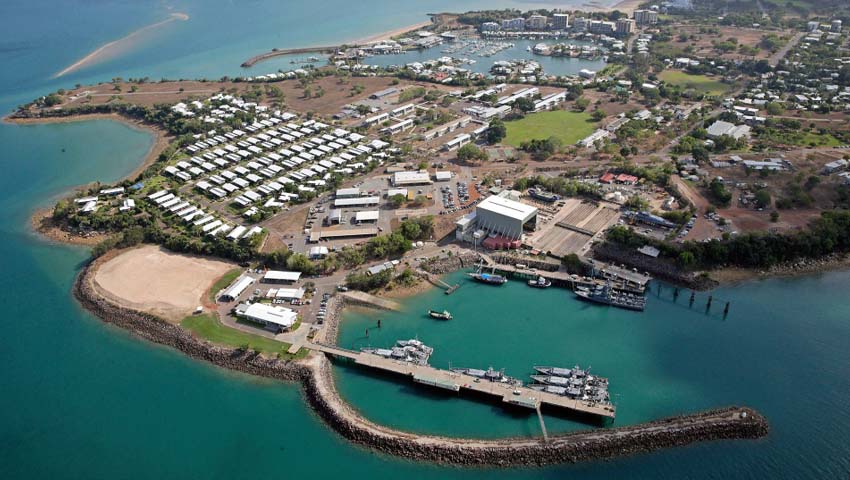What’s next for Australia’s strategic fuel reserves? Has Australia done enough?
The debate regarding Australia’s future defence and foreign affairs strategy has been plagued with questions regarding sovereign self-sufficiency. How can Australia rightfully position itself as a guardian of the Indo-Pacific if it can’t even get the basics right, namely: the sale of critical infrastructure, an ongoing energy crisis and a shortage of fuel reserves.
Indeed, few arguments have been so intensely fought on the political battlefield as the importance of a national fuel reserve. Though fortunately for Australians, the government and Defence have risen to the challenge and set in place a plan to supplement Australia’s strategic onshore reserves with the $200 million Boosting Diesel Storage program.
Tony McCormack, fellow at ASPI’s Northern Australia Policy Centre, analysed the importance of Australia’s strategic fuel reserves in ASPI’s The Strategist last week.
As part of the recent upgrades to Australia’s stockpile, RAAF Darwin received two fuel tanks with a combined capacity of 16 million litres, while HMAS Coonawarra and RAAF Tindal are expected to boost their fuel supplies by another 6 million litres each. Australia is as a whole is working toward its International Energy Agency mandated 780 megalitres (million litres) on hand.
Not only has the government and Defence vigorously pursued an increase to fuel storage, but they are also investing in improved fuel distribution methodologies to ensure that the fuel can be dispersed as necessary.
Meanwhile, the US has further established interest in Australia’s fuel supply.
McCormack notes that “the most significant construction will take place at the port of Darwin. In the wake of the joint announcement at the 2020 AUSMIN meeting of the establishment of a US-funded, commercially operated military fuel reserve in Darwin, the US Defense Logistics Agency has released a request for information for fuel operations support at the Port of Darwin”. Interesting.
This storage facility is hoped to hold 190 million litres of the US Navy’s favoured aviation fuel, and 110 million litres of generic jet fuel.
Despite the ambitious goal to ensure that Australia has the stocks on hand to sustain itself in the event of a global catastrophe, there is still considerable debate surrounding where to position to refuelling ports.
McCormack notes that two potential locations have been identified as ports: one in Darwin’s East Arm and another at Glyde Point.
However, as Darwin’s East Arm is extremely close to the Vopak terminal, McCormack contends that “while sensible from a cost and efficiency perspective, co-location increases risk and reduces resilience. If constructed at East Arm, both new facilities would be reliant on the current road and rail infrastructure to transport fuel to customers”.
Meanwhile the Glyde Point station would increase Darwin’s operating ability with more shipping volume and also serve as a back-up port.
Regardless of these amazing advances, McCormack still points out two fatal flaws in Australia’s fuel plan.
Firstly, Australia doesn’t produce it’s own fuel. Secondly, the imported fuel relies on robust shipping networks. Thus, Australia wouldn’t be able to prop up their strategic reserves.
“Follow-on projects that address Australia’s fuel-production and fuel-refining capacity and that strengthen supply chains will be required to truly deliver the fuel security the nation needs,” McCormack argues.
Australia must thus continue on its goal of bolstering sovereign fuel reserves, but more must be done. Until Australia has the ability to bypass global supply chains, there will always be fuel risk.
Get involved with the discussion and let us know your thoughts on Australia's future role and position in the Indo-Pacific region and what you would like to see from Australia's political leaders in terms of partisan and bipartisan agenda setting in the comments section below, or get in touch with






